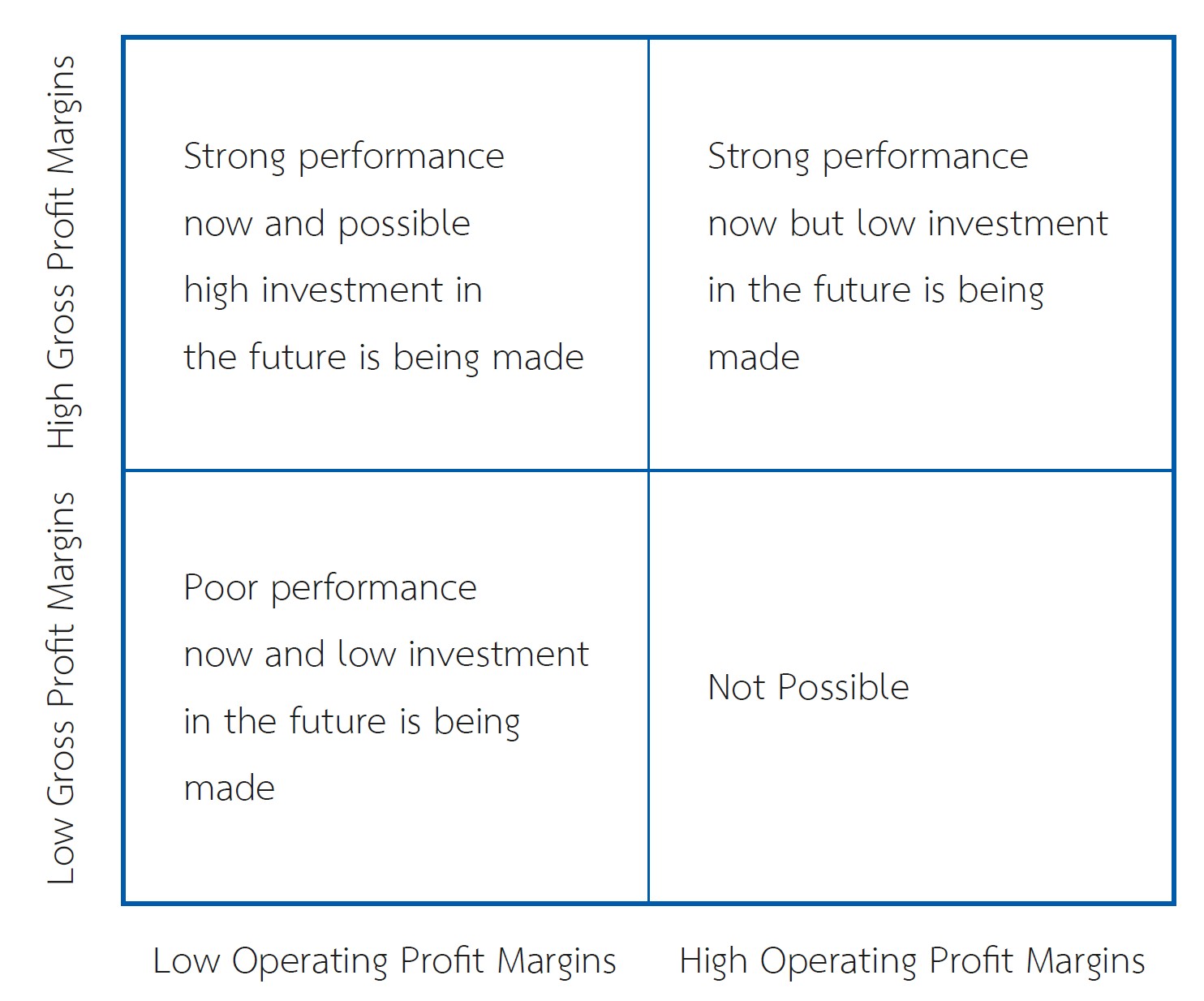Value Investing and Dynamic Capabilities
Keywords:
Value investing, dynamic capabilities, financial ratios, abnormal returnsAbstract
This paper argues for and supports an alternative explanation for sustained above normal returns earned by value investors. We posit that by using ratios that incorporate particularities of the US accounting system, value investors are, perhaps unknowingly, capturing the value-creating investments in what the field of strategic management categorizes as a dynamic capability. Using the analytical methods of finance research, we analyze 44-years of US accounting data, by using low price-to-book and other ratios, value investors create metrics that capture firms’ dynamic capability spending. The resulting abnormal returns are consistent with hypotheses grounded in strategic management.
References
Bain, J., 1959, Industrial Organization (Wiley: New York, NY).
Barberis, N., M. Heung, and R. Thaler, 2006, Individual preferences, monetary gambles, and stock market participation: a case for narrow framing, American Economic Review 96(4), 1069–1090.
Barney, J., 1991, Firm resources and sustained competitive advantage, Journal of Management, 17(1), 99-120.
Barney, J. 1997, Gaining and Sustaining Competitive Advantage (Addison-Wesley: Reading, MA).
Benartzi, S., and R. Thaler, 1995, Myopic loss aversion and the equity premium puzzle, The Quarterly Journal of Economics 110 (1), 453–458.
Bogner, W., and P. Barr, 2000, Making sense in hypercompetitive environments: a cognitive explanation for the persistence of high velocity competition, Organization Science 11(2): 212-226.
Buffett, W., 1984, The superinvestors of Graham-and-Doddsville, Hermes: the Columbia Business School Magazine Fall, 4–15.
Charron, J-O., 2017, Inefficient debate. the EMH, the “Remarkable Error” and a question of point of view, Accounting, Economics, and Law. Available at: https://doi.org/10.1515/ael-2015-0021
Christensen, C., 1997 The Innovator's Dilemma: When New Technologies Cause Great Firms to Fail (Harvard Business Review Press, Boston, MA).
Christensen, C., 2003, The Innovator's Solution: Creating and Sustaining Successful Growth (Harvard Business Review Press, Boston, MA).
Graham, B., 2003, The Intelligent Investor: The Definitive Book on Value Investing. A Book for Practical Counsel (Revised 7th Edition) (Harper & Collins, New York, NY).
Graham, B., and D. Dodd, 1934, Security Analysis: Principles and Technique (McGraw-Hill, New York, NY).
Eisenhardt, K., 1989, Agency theory: an assessment and review, Academy of Management Review 14(1), 57–74.
Eisenhardt, K., and J. Martin, 2000, Dynamic capabilities: what are they?, Strategic Management Journal 21(10), 1105-1121.
Engen, E., and A. Lehner, 2000, Mutual funds and the US equity market, Federal Reserve Bulletin Dec., 797-812
Fama, E., and K. French, 1992, The crosssection of expected stock returns Journal of Finance 47(2), 427-465.
Fama, E., and K. French, 1993, Common risk factors in the returns on stocks and bonds, Journal of Financial Economics 33, 3-56.
Fama, E., and K. French, 1995, Size and book-to-market factors in earnings and returns, Journal of Finance 50(1), 131-155.
Fama, E., and K. French, 1996, Multifactor explanations of asset pricing anomalies, Journal of Finance 51(1), 55-84.
Fama, E., and K. French, 1998, Value versus growth: the international evidence, Journal of Finance 53(6), 1975-1999.
Fama, E., and K. French, 2006, The value premium and the CAPM, Journal of Finance 61(5), 2163-2185.
Fama, E., and K. French, 2012, Size, value, and momentum in international stock returns. Journal of Financial Economics 105(3), 457-472.
Fama, E., and K. French, 2015, Five-factor asset pricing model, Journal of Financial Economics 116(1), 1-22.
Huff, J., A. Huff, and H. Thomas H., 1992, Strategic renewal and the interaction of cumulative stress and inertia, Strategic Management Journal 13(Summer Special Issue), 55–75.
Jensen, M., and W. Meckling, 1976, Theory of the firm: managerial behavior, agency costs and ownership structure, Journal of Financial Economics 3(4), 305–360.
Kahneman, D., and A. Tversky, 1979, Prospect theory: an analysis of decision under risk, Econometrica 47(2), 263-291.
Klarman, S., 1991, Margin of Safety (HarperBusiness: New York, NY).
Lee, C., 2001, Market efficiency and accounting research: a discussion of ‘capital market research in accounting’ by S.P. Kothari, Journal of Accounting and Economics 31, 233–253
Lippman, S., and R. Rumelt, 1982, Uncertain imitability: an analysis of interfirm differences in efficiency under competition, Bell Journal of Economics 13, 418-438.
Novak, K., 2008, On the importance of accounting information for stock market efficiency, Doctoral thesis (Upsala Universitet, Department of Business Studies).
Novy-Marx, R., 2013, The other side of value: the gross profitability premium, Journal of Financial Economics 108(1), 1-28.
Novy-Marx, R., 2015, Quality investing. Working paper (University of Rochester).
Peteraf, M., 1993. The cornerstones of competitive advantage: a resource-based view, Strategic Management Journal 14(3), 179-191.
Piotroski, J., 2000, Value investing: the use of historical financial statement information to separate winners from losers, Journal of Accounting Research 38(1), 1-41.
Prahalad, C.K., and G. Hamel, 1990, The core competency of the corporation, Harvard Business Review 68, 79-91.
Raman, A., 2011, Beware of short-term management, not the short-term investor, Harvard Business Review Online Forum: The CEO’s role in fixing the system. Available at: https://hbr.org/2011/12/beware-of-the-short-term-opera.html
Sharpe, W., 1964, Capital asset prices – a theory of market equilibrium under conditions of risk, Journal of Finance XIX(3), 425–42.
Teece, D., G. Pisano, and A. Shuen, 1997, Dynamic capabilities and strategic management, Strategic Management Journal 18(7) 509-533.
Teece, D., 2007, Explicating dynamic capabilities: the nature and microfoundations of (sustainable) enterprise performance, Strategic Management Journal 28(13), 1319-1350.
Tripsas, M., and G. Gavetti, 2000, Capabilities, cognition, and inertia: evidence from digital imaging, Strategic Management Journal 21(10–11), 1147–61.
Wernerfelt, B., 1984, A resource-based view of the firm, Strategic Management Journal 5(2), 171-180.

Downloads
Published
How to Cite
Issue
Section
License
Copyright (c) 2020 https://creativecommons.org/licenses/by-nc-nd/4.0/

This work is licensed under a Creative Commons Attribution-NonCommercial-NoDerivatives 4.0 International License.



